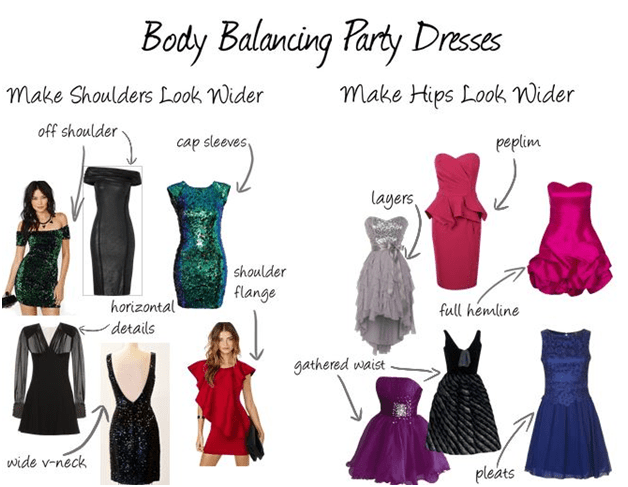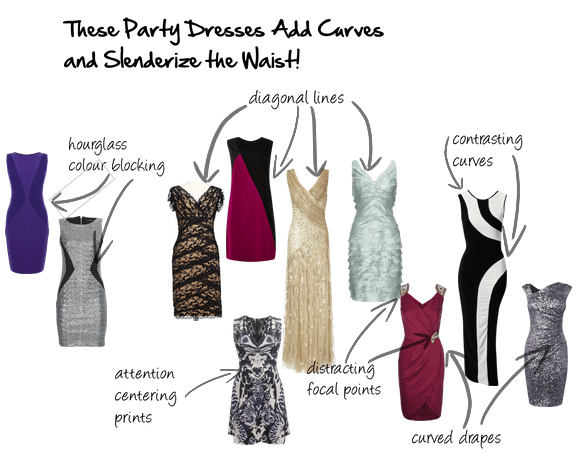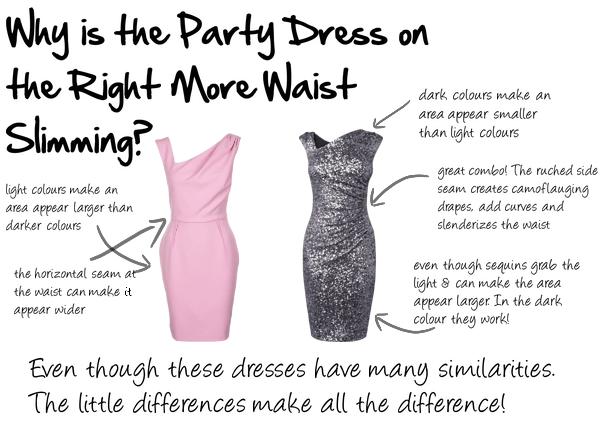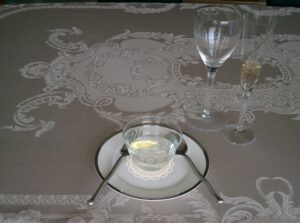Let’s face it – meeting the in-laws for the first time can be a daunting experience. Whether you are hoping to be welcomed into the family, or your role is to welcome someone into the family, the first gathering can feel like going for a job interview. The knowledge that you will be judged, evaluated, and compared to or potentially competed with by everyone that came before you can leave even the most confident person feeling nervous about that first meeting.Even though I think most would agree that a couple’s happiness should be the most important consideration in a relationship, those of us who have gone through the process of meeting the in-laws or future in-laws would also agree that, as a couple, knowing you have won the family’s acceptance and respect can be essential for the future success of any relationship. Uncertainty of how the in-laws will respond over time, and possibly impact your relationship with your partner or family member can leave anyone feeling insecure.
Having been through this three times – first with parents-in-law; second with a parent of mine entering into a relationship; and most recently with adult children, his and mine; I can say I have seen all sides. I can also honestly say that experience has not made me an expert on winning over family members. However, eliminating additional barriers can increase your odds for success. When meeting your new or future family – prepare ahead of time, be on your best behaviour and dress appropriately.
The success of the gathering weighs heavily on the partner or spouse bringing the families together. If that’s you, take the lead. Help reduce unnerving surprises by providing a heads-up about what to expect. Prepare both sides by disclosing likes, dislikes and personality quirks before the gathering.
• Even though you may be a new family member or want to feel that way, making yourself at home in the home of your host can be perceived as offensive unless invited to do so. Some hosts want their guests to act at home right away and others find guests’ feet on the coffee table, helping ones-self to the fridge, or casually lighting up a cigarette in the house, among other things, enraging. Learn your host’s expectations ahead of time. Then follow their lead.
• If you are one of the in-laws, never bring up the past relationships of your affiliated family member. i.e. “Oh, by the way I saw _____, last week. She said to say, hello. She is such a nice girl.” Fondly bringing up old relationships can bring up new wounds in new relationships. Don’t say or do anything that might hurt or embarrass your new or future family member.
• Don’t leave your child or parent’s date sitting in the living room alone, while you and other family members are in the kitchen. Include your guest by treating everyone equally and with respect. Don’t let your guest feel like an outsider.
• Brush up on your dining skills. Some families dine formally and others are very casual. However, knowing how to navigate the table and what not to do will help you feel more confident and leave a good impression in any situation.
• Find out ahead of time what is considered appropriate dress. Some families dress up for family gatherings and others don’t. Either way leave faded jeans and t-shirts at home. Slacks and a collared shirt, blouse or a lightweight sweater would likely be a better option for casual dress. It will show respect to the host and it will show that you care.
The road to family acknowledgment, acceptance and support can be a long and bumpy one to travel. However, knowing ahead of time what will be appreciated and what will be considered appalling may help ease the tension and make the journey a little smoother.
©Kimberly Law, AICI CIP 2014









